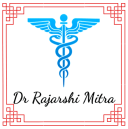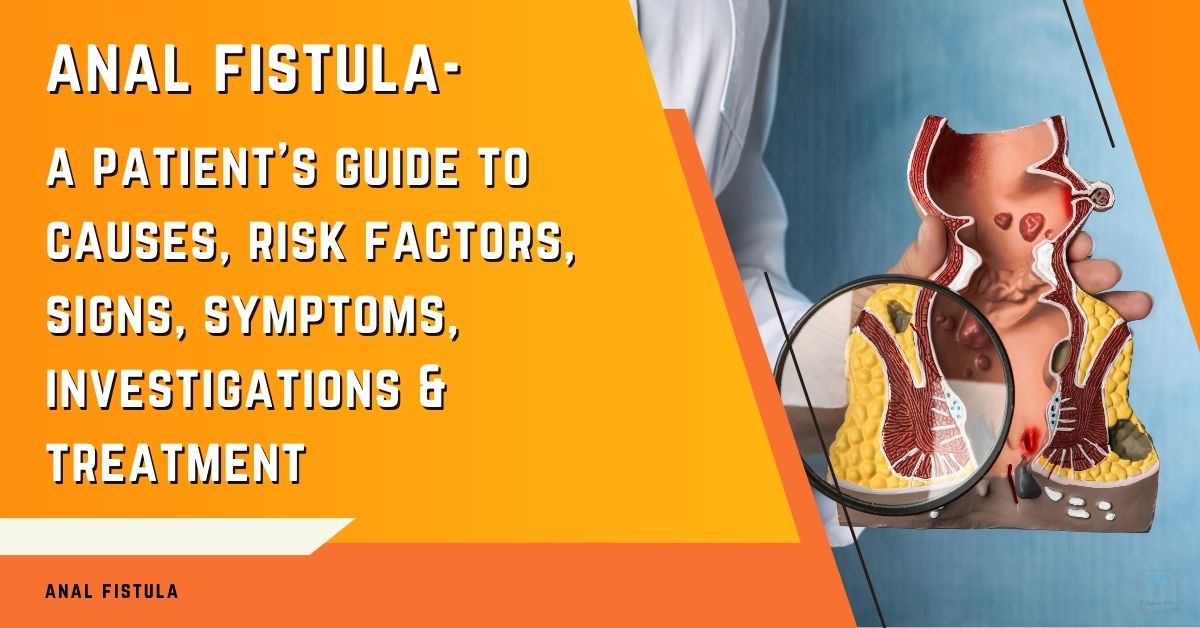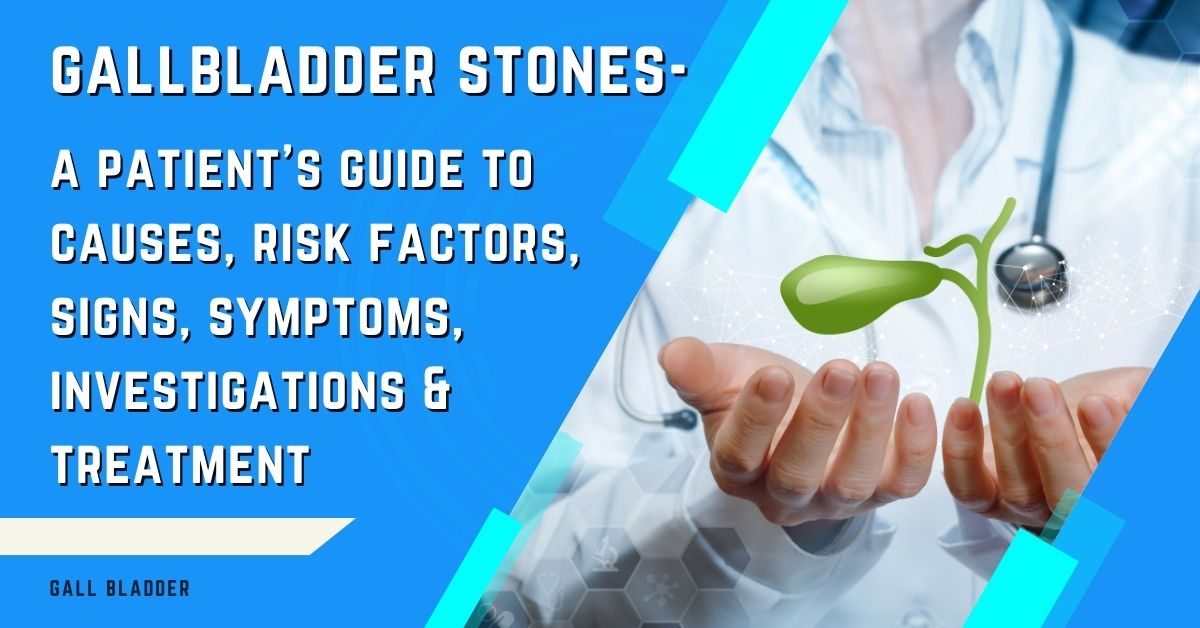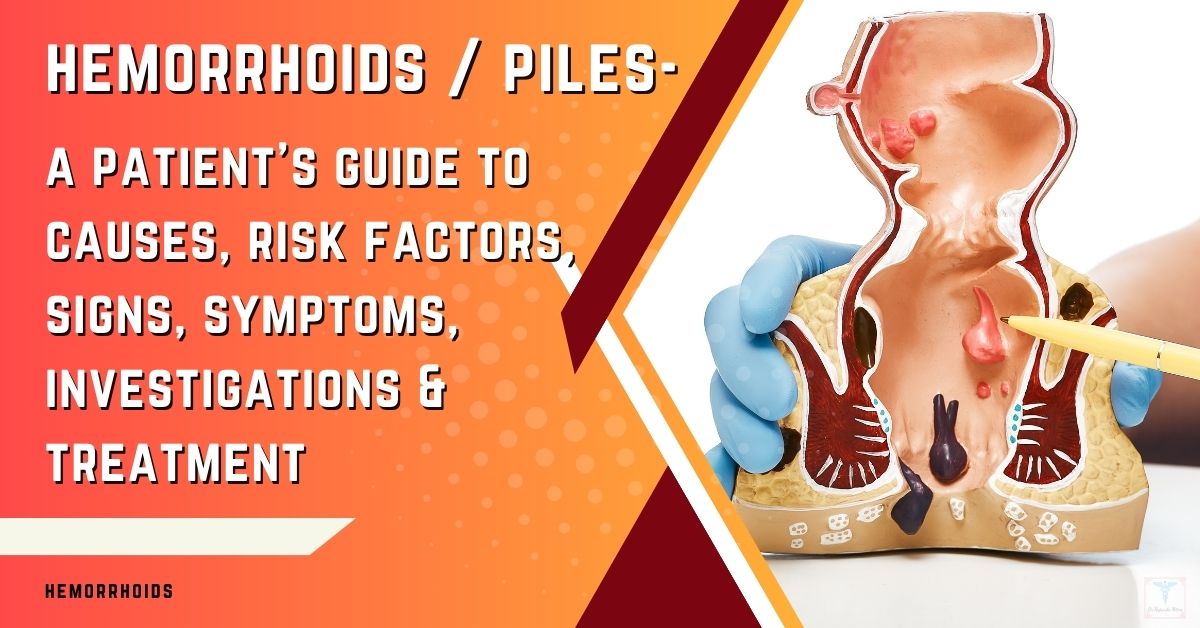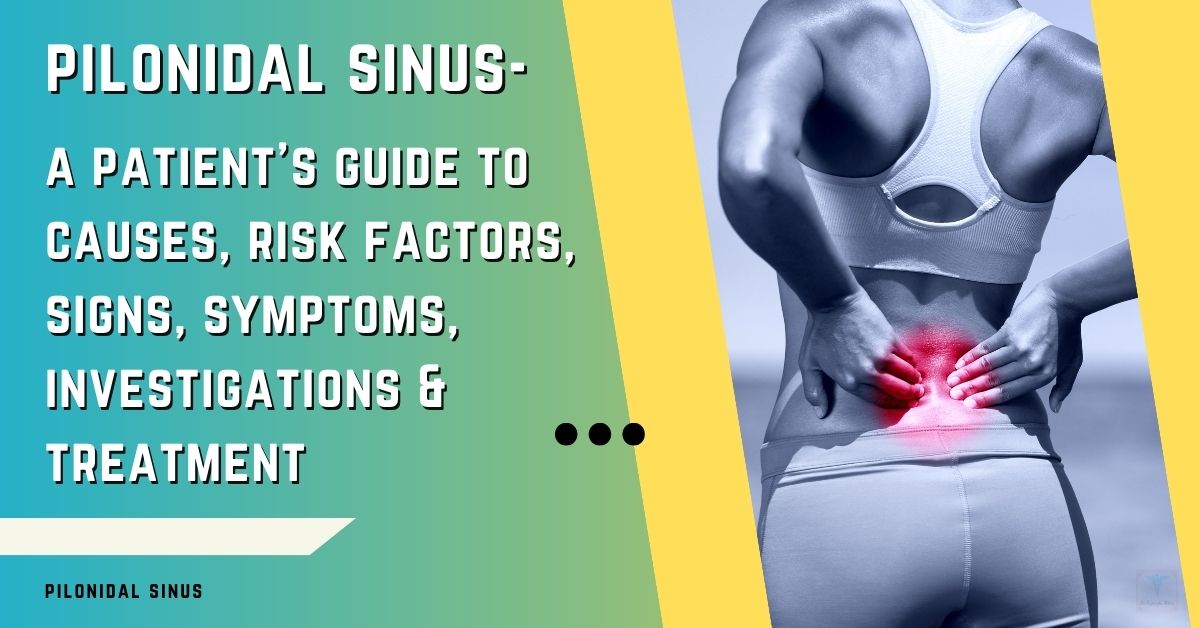Absolutely, you can eat bread even without a gallbladder. However, right after gallbladder removal surgery, it’s best to start with simpler, easily digestible foods. As your body heals, you’ll be able to enjoy bread again, though certain types may be better tolerated than others. Let’s discuss how your digestive process changes after gallbladder surgery and which types of bread to choose for optimal comfort.
Digestion After Gallbladder Surgery:
After gallbladder removal, also known as cholecystectomy, your body no longer stores bile in a concentrated form. Bile is a fluid produced by your liver that helps break down fats. Without a gallbladder, bile flows continuously into your small intestine. This shift can sometimes make digesting fatty foods a bit more challenging in the initial weeks after surgery. While bread itself isn’t particularly high in fat, some varieties are more easily tolerated than others immediately after having your gallbladder removed.
Types of Bread to Consider
Start with Simple White Bread:
In the early days after your surgery, opt for refined white bread. It’s low in fiber and easier to digest compared to whole-grain varieties.
Introduce Whole Grains Gradually:
Once you’ve healed a bit, you can start incorporating whole-grain bread. These are packed with fiber, which is good for overall digestive health, but go slowly to avoid potential discomfort.
Pay Attention to Added Fats:
Watch out for breads containing lots of added fat, like butter or oils, as these can be harder to digest initially.
Experiment with Toasting:
Toasting bread can make it easier for your system to process.

Digesting Fats After Gallbladder Removal
Immediately after surgery, you might experience some digestive changes like gas, bloating, and diarrhea. This is because your body is adjusting to the constant flow of bile. To ease this transition, it’s helpful to:
Eat Smaller Portions:
Instead of three large meals, try eating smaller, more frequent meals throughout the day. This puts less strain on your digestive system.
Limit Fatty Foods:
In the early stages, limit your intake of high-fat foods like fried foods, creamy sauces, and fatty meats. Introduce them back gradually.
Addressing Nutritional Needs
Bread can be a decent source of carbohydrates and some nutrients, but it’s vital to maintain a varied, balanced diet after gallbladder surgery. Here’s why:
Nutrients for Healing:
Your body needs protein, vitamins, and minerals to support the healing process. Focus on lean protein sources, fruits, and vegetables.
Overall Digestive Health:
A balanced diet plays a crucial role in promoting long-term gut health and preventing further digestive issues.
When to Consult Your Doctor
If you experience persistent or severe digestive issues like diarrhea, abdominal pain, or nausea lasting more than a few weeks after surgery, consult your doctor. They can help identify any underlying causes and suggest dietary changes or medications for relief.
Eating Bread After Gallbladder Surgery
· Yes, you can eat bread without a gallbladder.
· Start with white bread after surgery and gradually introduce whole-grain varieties.
· Choose bread with minimal added fats.
· Try toasting your bread for easier digestion.
· Avoid large portions and high-fat foods in the early stages of recovery.
· Focus on a balanced diet with plenty of fruits, vegetables, and lean proteins.
· Talk to your doctor if you experience persistent digestive discomfort.
Let me know if you have any specific bread types in mind or other dietary questions following your gallbladder surgery. I’m here to help! Remember, it’s important to follow your doctor’s recommendations and to listen to your body as you reintroduce different foods into your diet. Some people find that they are able to tolerate certain types of bread better than others, so it’s important to pay attention to how your body responds. Eat bread in moderation and choose whole grain or sourdough options for added nutritional benefits. If you have any concerns or questions about your diet following surgery, don’t hesitate to reach out for support. Additionally, it’s wise to be mindful of foods that trigger gallbladder issues, as these can lead to discomfort or digestive challenges. Consider keeping a food diary to track your meals and identify any patterns related to your symptoms. This can help you make informed choices about what to include or exclude from your diet as you recover and regain your strength. Remember, finding the right balance takes time, and it’s okay to experiment within the guidelines of your medical advice.
